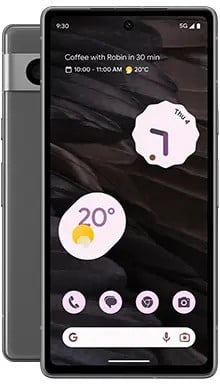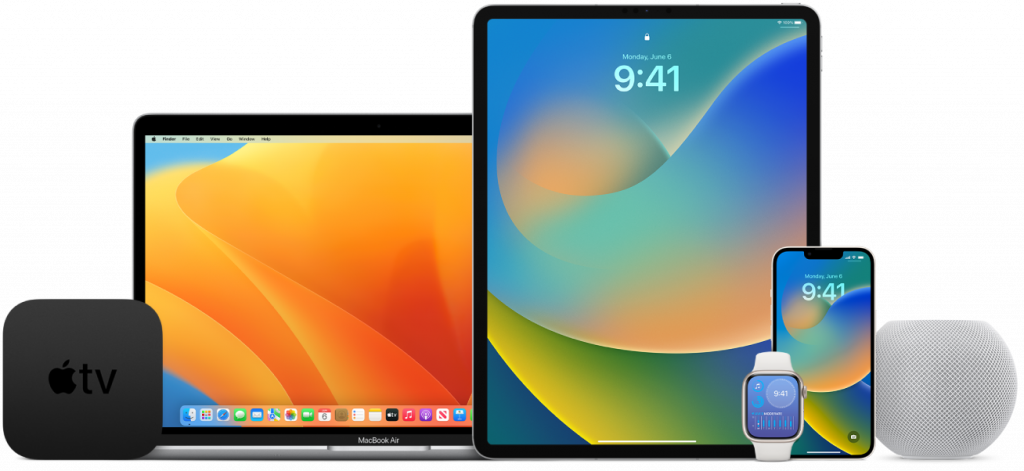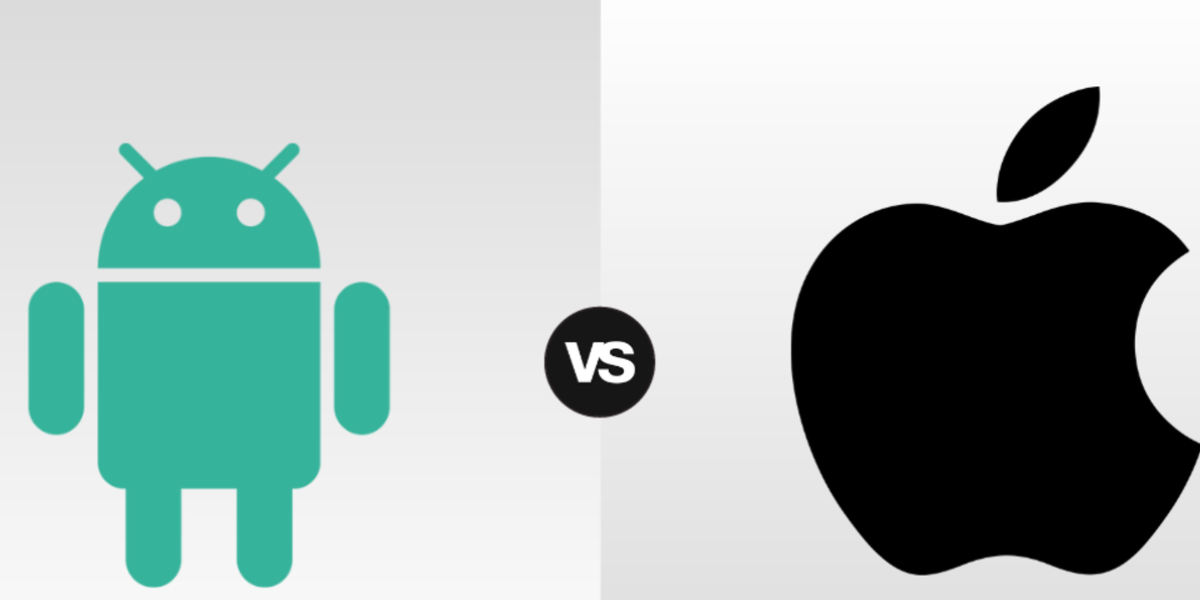In the dynamic realm of smartphones, the age-old debate between Android and iOS has fervently divided tech enthusiasts into two camps. Here’s a full run down of the offerings of both operating systems.
User Experience:
At the forefront of the Android vs iOS clash is the user experience – a make-or-break factor for many consumers. iOS, with its sleek and intuitive interface, offers a cohesive experience across all Apple devices. The seamless transitions, coupled with a minimalist design, appeal to those who crave simplicity and uniformity. On the flip side, Android stands out for its versatility, granting users the power to personalize their devices extensively. From widgets to custom launchers, Android provides a playground for users who revel in making their smartphone truly their own.
App Diversity and Quality:
The app ecosystem is a battlefield where both Android and iOS showcase their strengths. Apple’s App Store is often lauded for its strict quality control, resulting in a collection of polished, well-designed apps. In contrast, Android’s Google Play Store embraces a more diverse range of applications, allowing users to explore a plethora of options. The choice here hinges on whether users prioritize the exclusivity and refined nature of iOS apps or the abundance and variety offered by Android.
Device Options:

Android’s trump card lies in its sheer variety of devices, catering to a wide spectrum of preferences and budgets. From flagship powerhouses such as the Samsung Galaxy S24 Ultra to budget-friendly options like the Google Pixel 7a, Android provides a huge range of choices. However, this diversity can also lead to fragmentation issues, with software updates arriving at different times for different devices. On the other hand, iOS operates exclusively on Apple devices, delivering a uniform experience across the iPhone, iPad, Apple Watch and other products. The trade-off here is between the freedom to choose a device that perfectly fits your needs and the seamless integration within the Apple ecosystem.
Security and Privacy:
In the era of increasing digital threats, security and privacy have become paramount concerns for smartphone users. Apple’s iOS is often praised for its robust security measures, with features like Face ID and Touch ID providing secure access to devices. The App Tracking Transparency feature enhances user control over their data. Android, while making strides in security, faces challenges with timely updates due to the diverse array of manufacturers. Yet, its open-source nature allows users more control over privacy settings. The battleground here is between Apple’s fortress-like security and Android’s user-driven privacy control.
Ecosystem Integration:

For those who seek a seamless transition between devices, the ecosystem integration battle takes center stage. Apple excels in creating a harmonious ecosystem, allowing users to effortlessly switch between their iPhone, iPad, MacBook, and Apple Watch. Features like AirDrop and Handoff enhance the user experience, creating a sense of continuity. Android, while improving in this arena, may not provide the same level of interconnectedness due to its open ecosystem. The choice here is between the allure of a fully integrated Apple ecosystem and the cross-compatible nature of Android devices.
In the grand Android vs iOS saga, there is no one-size-fits-all answer. The battle rages on, and the winner is ultimately determined by individual preferences, priorities, and lifestyle.



